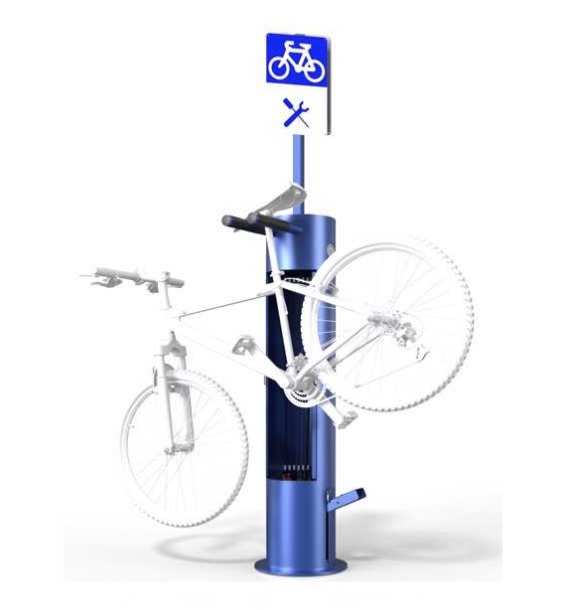|
Getting your Trinity Audio player ready...
|
OWN VOICE. Regarding the current dire prediction for droughts in CA, this report outlines the very important points which I have been promoting for over 20 years: We as a community need to clean our sewage and create alternate sources of clean water by creating microgrid waste treatment plants which recycle the water locally where it is generated.
BlueTech Insight Report
Executive Summary
Decentralised Wastewater Treatment (DWWT) is the practice of locating treatment equipment and processing capabilities close to the site where the wastewater is generated, as opposed to using large-scale, centralised wastewater treatment (CWWT) plants.
In their paper, The Third Route: Using Extreme Decentralisation to Create Resilient Urban Water Systems, 1 the authors make the case for household-based, personalised water systems which are in urban settings but are entirely “off-grid”, combining rainfall storage and on-site wastewater reuse to complement existing centralised infrastructure, and to eventually supplant it in many places. The focus of this Insight Report is on DWWT for domestic wastewater at the community level, namely treatment for two or more households, clusters of homes and businesses, residential communities, and institutional facilities. Nevertheless, with a nod to The Third Way, we consider the possibilities of “radical decentralisation” in terms of wastewater treatment operating at the level of rural villages, multi-tenant apartment buildings, condominiums, retirement communities, resorts, college and work campuses, hospitals, highway rest stops, mining camps, prisons, and refugee camps.
In particular, we look at innovative examples of companies providing solutions in these areas and examine some alternative financing structures which enable their delivery. To better understand why DWWT is gaining traction globally, this report will also identify the market drivers for this approach and associated technologies and discusses the tradeoffs with the traditional CWWT.
The primary market drivers for DWWT are:
- Public Health & Access to Proper Sanitation – In many low-income countries, less than 50 per cent of the population uses safely managed sanitation. In these countries, there is an immediate need for cost-effective, rapidly deployable DWWT systems.
- Urbanization – Infill Service in Growing Megacities and Large Metro Areas – The rate of growth in some metro areas has outpaced the local government’s ability to provide managed wastewater treatment services. Using DWWT to provide service to unserved parts of urban population makes sense.
- Water scarcity – Widespread water stress and water scarcity mean that there will be pressure for communities to reuse water close to the point where the wastewater is generated. DWWT can be applied to treat greywater and blackwater close to its source.
- Difficultly Maintaining CWWT – Repairing existing sewage systems and expanding them to meet the needs of the rapidly increasing population is difficult given the need for excavation and the available footprint for expanding aging centralized plants. Affordable and more practical alternatives to centralization are required in these instances.
The primary challenges for the DWWT market include:
- Lack of Innovation – As hypothesized in The Third Way, the substantial investment in centralized infrastructure leads to a fixation on maintaining and implementing incremental improvements for the continued use of this resource.
- Lack of Economic Resources Among SDG6 Target Population – UNICEF estimates $105B dollars per year in investment capital is required to address SDG6 targets related to providing basic and safely managed sanitation.
- Upfront Capital Purchases – Manufacturers often expect the full amount of the cost of the system to be paid at the time of purchase or by the time the system is installed and commissioned. Small- to mid-sized municipalities lack the capital resources to afford this expenditure.
- Difficulty of Operation & Maintenance – DWWT infrastructure can require trained operation and maintenance personnel or public education campaigns in order to maintain the system and provide proper sanitation and service to the local population. However, trained operators are often in short supply.
Our report arrives at the following conclusions:
-
- It will require “radical decentralisation” and widespread application of DWWT concepts and technologies in remote, rural, and urban communities to achieve United Nations SDG6 and associated numerical subgoals by target dates.
- Water scarcity will drive a need for wastewater reuse and water efficient systems as communities look to optimize their water footprints. Wastewater recycling is mandated in certain situations in cities such as Bangalore, India and San Francisco USA.
- DWWT no longer only applies to communities traditionally without access to CWWT systems like remote and rural communities. Due to rapid urbanisation, many CWWT plants are quickly approaching maximum operating capacity and are unable to take on new customers.
- DWWT providers which will capture market share more successfully than competitors in the coming years will have to offer one or more of these characteristics: modularity, easy operation & maintenance, scalability, remote monitoring, low energy requirements, easy installation.
- System providers offering financing have an advantage over those who do not and therefore will be more likely to prevail. Upfront capital costs are a significant barrier at the community level. Few companies interviewed or surveyed for this report offered financing options to customers. WaaS, leases, and other financial mechanisms that overcome this barrier provide additional value to communities.
- Decentralised treatment is being increasingly considered to both expand capacity and implement innovative WWT approaches. BlueTech expects further regulation, demonstration projects, and concepts to surface over the coming decade.
The Full BlueTech Insight Report; Radical Decntralisation: Water Treatment at the Community Level.
[pdf-embedder url=”https://www.coastsidebuzz.com/wp-content/uploads/2021/07/Radical-Decentralised-WWT.pdf” title=”Radical Decentralised WWT”]






